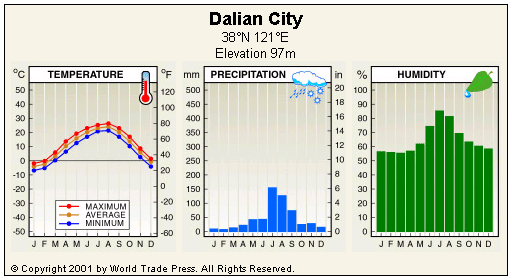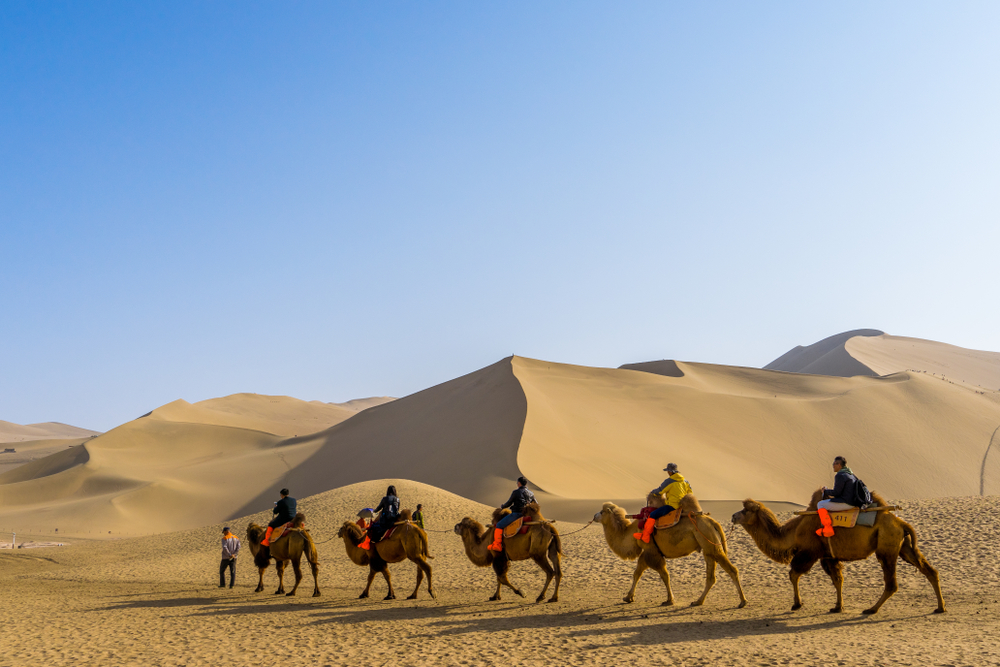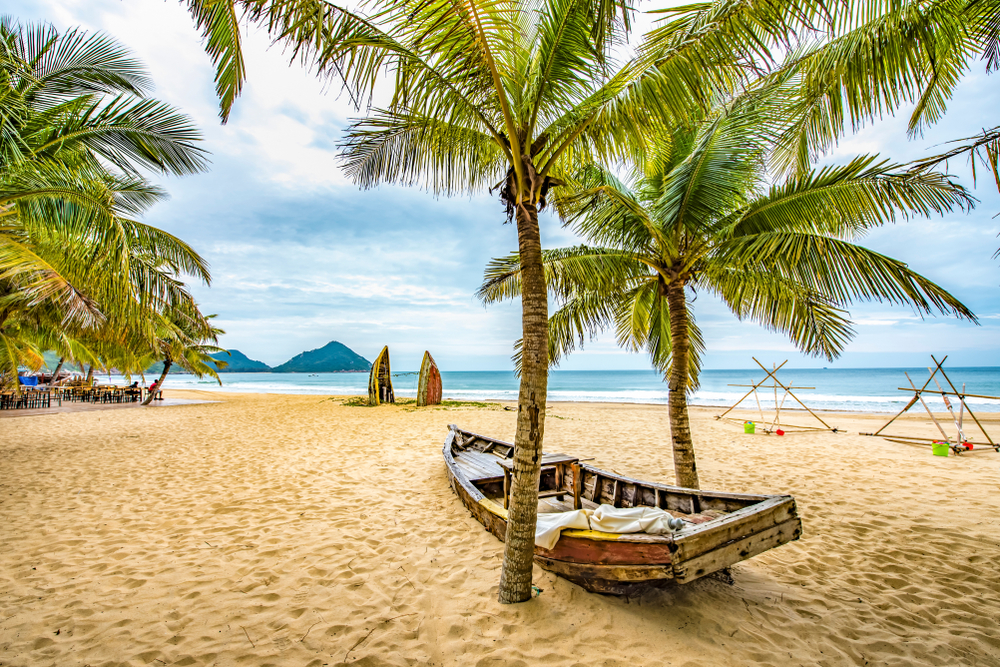Country Snapshot: Climate Overview
China is a vast central and eastern Asian country with a highly varied geography and climate. It is bounded to the east by the Pacific Ocean and to the west by the Himalayas. Its climate is humid continental in the northeast, desert in the northwest, tundra in the southwest, and humid subtropical in the southeast. China has the full range of seasons due to its geographical location and vast size. However, seasons vary considerably depending on the region.
Seasons
Winter lasts from December to February. This time of year can be extremely cold, particularly in the north.
Spring is from March to May. Temperatures can vary from chilly to warm during this time of year.
Summer runs from June to August. Depending on the region, temperatures can be quite hot. This is the rainy season when the country is affected by Monsoons, which hit the southern regions and then blow northward.
Autumn is from September to November. Mild temperatures prevail, with averages ranging from 10–22°C (50–72°F). There is occasional rain.
Regional Variations
China has seven distinct climactic regions.
The northeastern region has very cold winters and humid summers. In Beijing, temperatures range from -10–2°C (14–36°F) in January to 22–31°C (72–88°F) in July. Rainfall varies widely, from 2 millimeters (0.1 inches) in December and January to 152 mm (6 in) in July. Snow lies from 100–150 days in Manchuria’s extreme north.
Central China is more moderate, with temperatures ranging from 0–7°C (32–45°F) in January to 25–31°C (77–88°F) in July and August. The coast, where rainfall is heaviest, receives 37 mm (1.5 in) of rainfall in December and 159 mm (6.3 in) in June; summer is typically humid and rainy, and occasionally experiences typhoons. Snow falls from five to 10 days per year.
The southern region lies within the tropics and has a warm, wet climate. The rainy season lasts from May to September, and monthly rates vary from 25 mm (1 in) in January to 377 mm (15 in) in August. Temperatures range from 13–19°C (55–66°F) in January to 26–31°C (79–88°F) in July and August. The summertime heat, humidity, and heavy rains can be uncomfortable. Violent typhoons are most frequent from July to October.
The southwestern inland region is hilly and mountainous. Summer temperatures range from 13–21°C (55–70°F), while winter temperatures range from -2–12°C (28–54°F). Rainfall varies from 13 mm (0.5 in) in January to 218 mm (8.6 in) in August, with sheltered valleys receiving somewhat less.
Tibet, which mostly lies above 3,700 meters (12,000 feet), has severe winters with temperatures ranging from -13–5°C (9–41°F) in lower areas. Only 1 mm (0.04 in) of snow falls each month from December through February. Summers are warm, with temperatures from 7–21°C (45–70°F) in June, and rainfall is moderate, with 107 mm (4.2 in) in August.
The central and western desert has cold winters and hot summers, with temperatures from -11–0°C (12–32°F) in January to 19–32°C (66–90°F) in July. Monthly rainfall varies between 1–17 mm (0.04–0.7 in).
Inner Mongolia, a land of mountain ranges and semi-desert lowlands, has severely cold winters and warm summers, with temperatures varying from -18 to -8°C (0–18°F) in January to 19–31°C (66–88°F) in July. Precipitation ranges from 7 mm (0.3 in) in January to 35 mm (1.4 in) in June. The ground is covered with snow for 100–150 days a year.
Copyright © 1993—2025 World Trade Press. All rights reserved.

 China
China 


